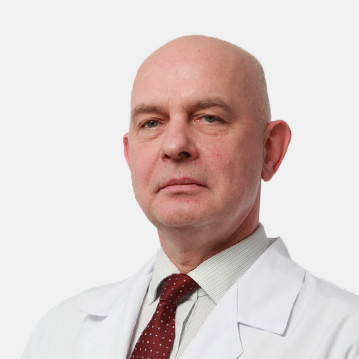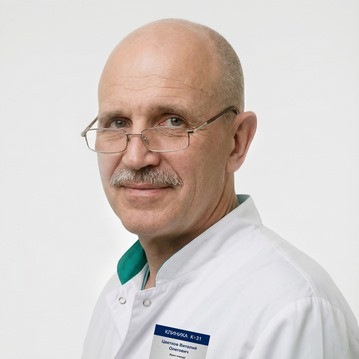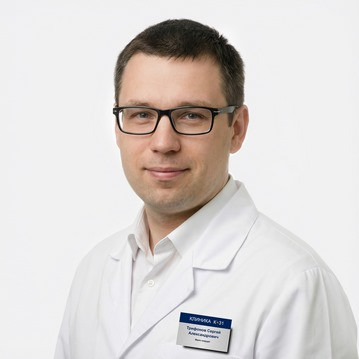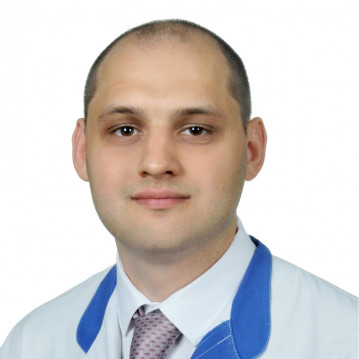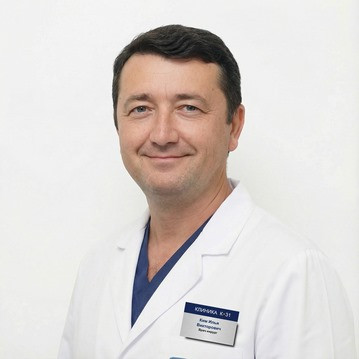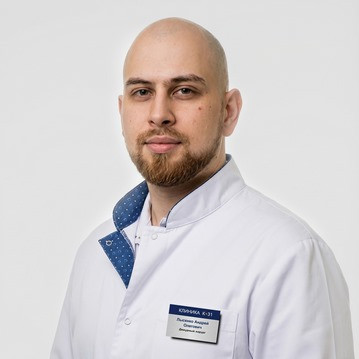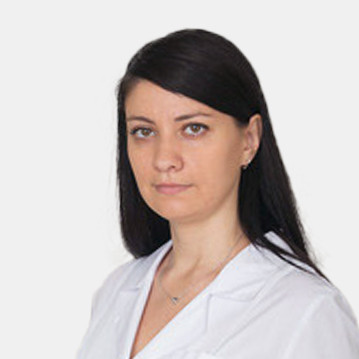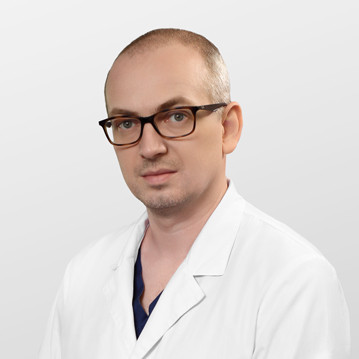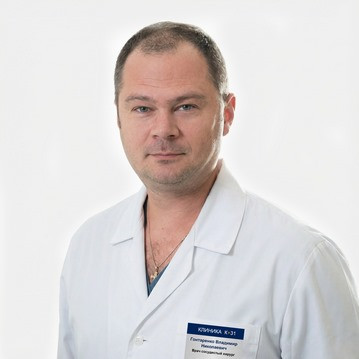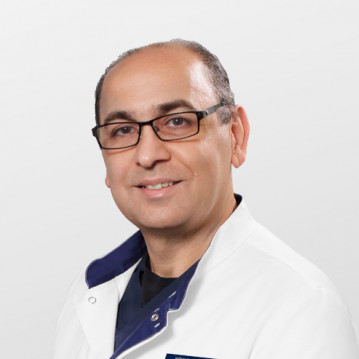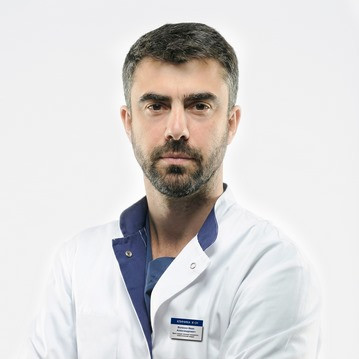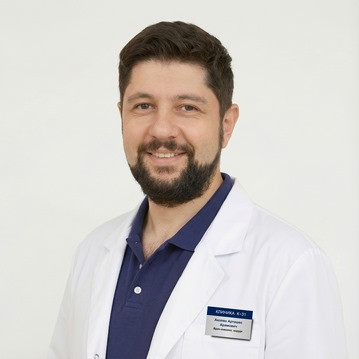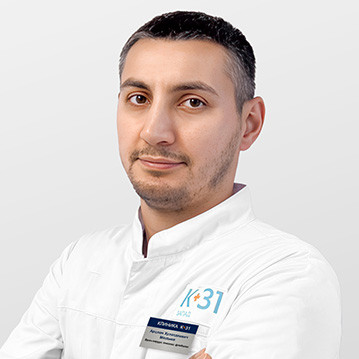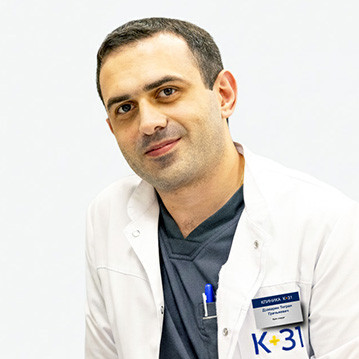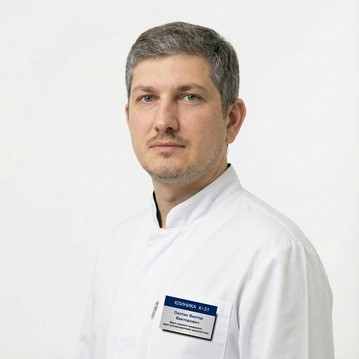
Today, the benefits of minimally invasive surgery are well known and are not in doubt by either doctors or patients. For surgical treatment of various diseases of the abdominal organs , laparoscopic access is currently widely used. Many of laparoscopic surgeries such as cholecystectomy, prostatectomy, hemicolectomy in clinics in the USA, Europe and Asia have become the “gold standard”. The introduction of endoscopic technologies into thoracic surgery was much slower, and for a long time it was limited to performing small diagnostic operations (biopsies, drainage of the pleural cavity, etc.). This is due to the peculiarities of the anatomy of the chest wall (rigid costal framework, limits the degree of freedom of manipulation with instruments), the complex anatomy of the lungs and mediastinum (the presence of large vessels, heart contractions, etc.), as well as the absence of one operation, such as laparoscopic cholecystectomy, which allowed work out endoscopic techniques in detail.
Operations on the lungs and organs of the mediastinum are complex and require a high concentration of attention from the surgeon , detailed knowledge of the anatomy and the exact consistent execution of all stages of the operation. The accumulation of extensive experience in “open” thoracic surgery, the emergence of new instruments and devices for tissue separation has allowed to expand indications for thoracoscopic operations. And today, in the early stages of peripheral lung cancer (a tumor no larger than 5 cm in diameter, without metastases in the lymph nodes), radical thoracoscopic lobectomy (removal of the lobe of the lung) has become the “gold standard”. The same can be said about thoracoscopic thimectomy, which is performed for diseases of the thymus gland through punctures 5-10 mm in size. It should be noted that during surgery for a malignant tumor, the volume of tissue removed is fully consistent with that with “open” access. Due to the increase and high definition of the image, in some cases, it is possible to perform a more thorough audit of the operation area and remove the affected tissue.




